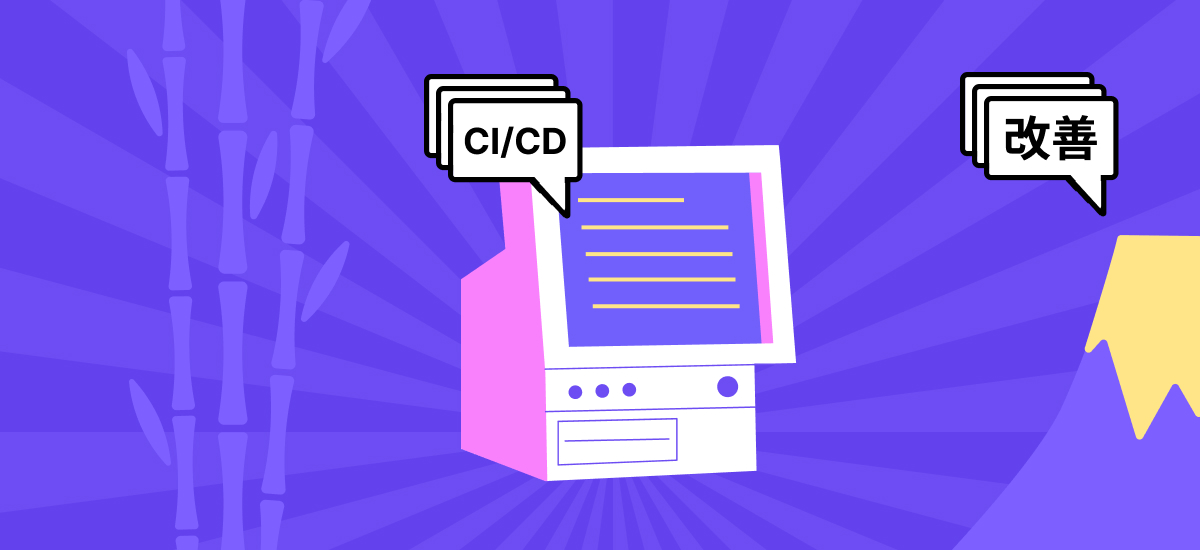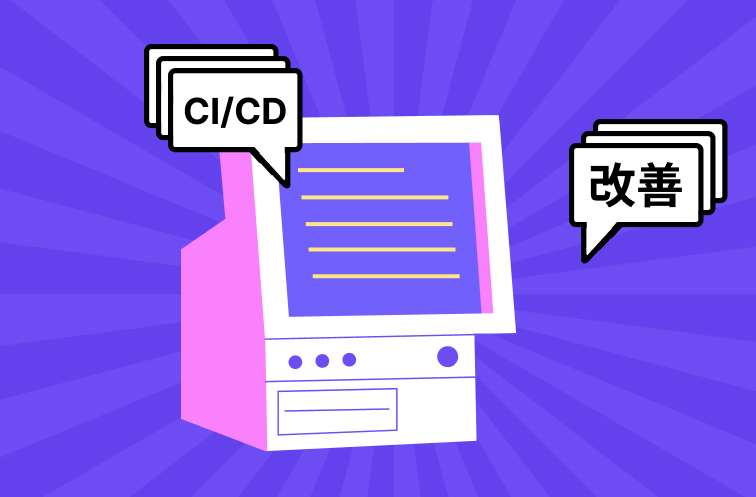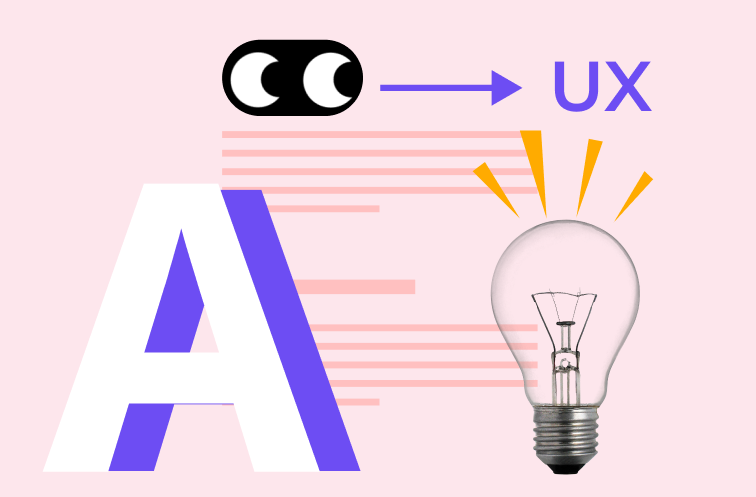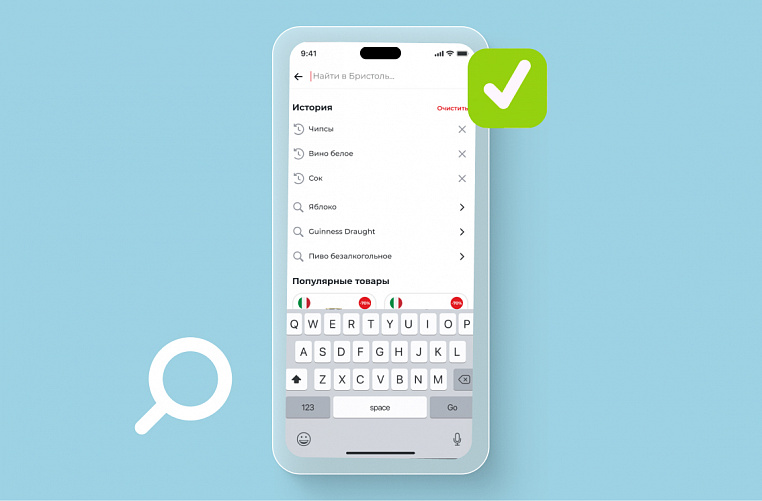One of the key areas of Friflex’s work is DevOps. We integrate development and operations into a continuous cycle to ensure that applications and websites function reliably. In this article, we discuss a popular DevOps practice — CI/CD.
Many definitions of CI/CD start by stating that it is a philosophy. This is hard to argue with. What’s more interesting is that the philosophy of CI/CD resonates with the Japanese culture of Kaizen.
What is CI/CD?
CI/CD stands for Continuous Integration and Continuous Delivery. These practices help automate development, testing, and deployment.
CI and CD emerged as separate concepts. CI was hotly debated in the nineties when extreme programming emerged. This methodology suggested that developers should frequently commit their code to a shared repository, with each iteration being tested.
CD was popularized by Jez Humble and David Farley. In 2010, they published the book Continuous Delivery: Reliable Software Releases through Build, Test, and Deployment Automation. If you ever decide to read something fundamental about CD, this book is an excellent choice.
CD continues the process that begins with CI and extends it to the automatic delivery of code changes to testing and production environments.
CI and CD have such similar goals that their integration happened quite naturally. CI creates a stable foundation, eliminates "integration hell" when merging code from different sources, and maintains code quality. CD allows you to deploy changes quickly, improve the product, and respond to market changes.
What is Kaizen?
If you take a closer look at the Japanese philosophy of Kaizen, you can see an American influence. After World War II, Japan's economy was in dire straits. Authorities invited American scholar William Deming. He gave a series of lectures that impressed Japanese engineers and managers so much that they soon performed an economic miracle. (Of course, the extent of the impact of Deming's statistical quality control methods on the Japanese economic miracle remains debated).
Deming's ideas inspired Japanese engineer and manager Taiichi Ohno. He became one of the main architects of the Kaizen philosophy and developed the Toyota Production System (TPS) — a benchmark of lean manufacturing.
Soon, the philosophy spread far beyond manufacturing. It turned out to work well in various contexts, from education to personal life.
What CI/CD and Kaizen Have in Common
Continuous Improvement
CI/CD:continuously improves the development process, speeds up the launch of new features, and minimizes deployment risks.
Kaizen: teaches that even small, gradual changes can lead to significant results with persistence.
Cyclical Approach
CI/CD: uses a cyclical approach. It involves planning, development, testing, deployment, and monitoring. This cycle repeats endlessly and continuously.
Kaizen: also uses a cyclical approach. It is known as the PDCA cycle (Plan-Do-Check-Act). PDCA involves planning, action, checking, and action again. Many companies, such as General Electric and Honeywell, use it.
Focus on People
CI/CD: emphasizes the importance of collaboration among team members. Success in CI/CD is impossible without teamwork, knowledge sharing, and mutual support.
Kaizen: says that employees should be respected, involved in all aspects of process improvement, trained, and developed.
Culture of Learning
CI/CD: promotes continuous learning. Every mistake is an opportunity to improve the product. Teams constantly learn new tools, methods, and practices.
Kaizen: teaches that everyone can and should learn and develop. In companies that follow the principles of Japanese corporate philosophy, continuous improvement is the norm.
Quality Improvement
CI/CD: pays a lot of attention to quality. Automated testing at every integration stage helps catch defects early, making them much easier to fix. This maintains a high standard of product quality throughout the development cycle.
Kaizen: teaches that all product or process defects should be eliminated. It considers quality a key aspect of improvement.
As you can see, CI/CD and Kaizen indeed have much in common. However, they are not quite the same. For example, CI/CD practices are suitable for large teams, while Kaizen can be challenging to implement in large organizations with established corporate cultures. Most importantly, CI/CD is applied only in development, while Kaizen is used in all areas.
For more information on how Friflex's technical support works, visit our website.




















